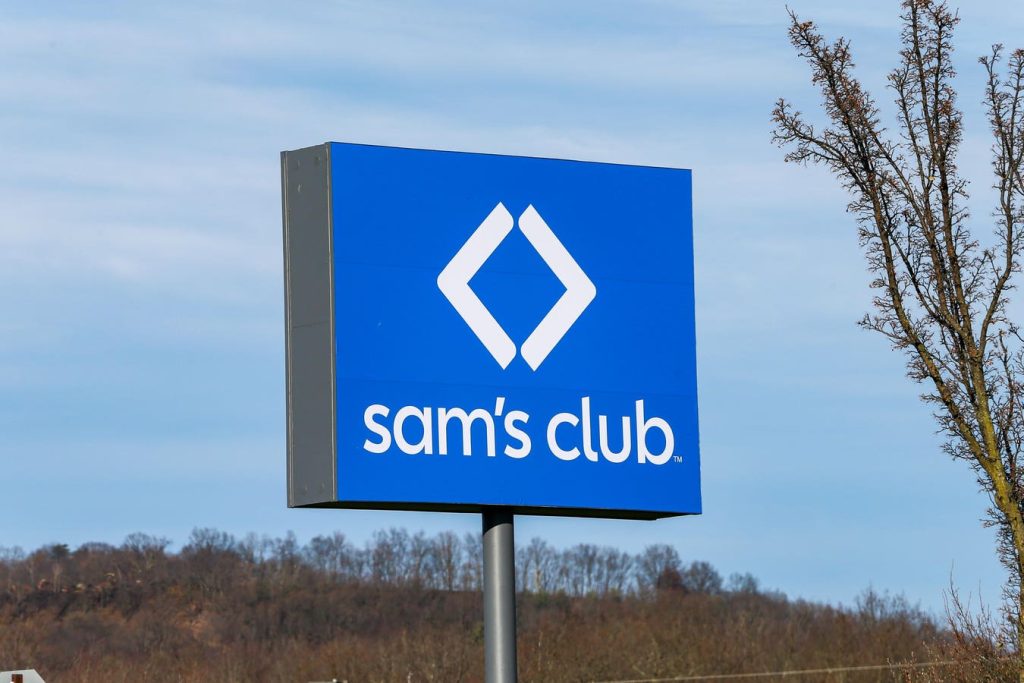In the world of bulk retailers like BJ’s, Costco, and Sam’s Club, customers often have to wait in line for an employee to quickly check their cart before they can exit the store. This is a tedious process for both shoppers and retailers alike. However, it is a necessary evil in order to prevent shoplifting, which has become a growing issue in recent years. Retailers are constantly looking for ways to combat this problem.
One solution that has emerged is the use of AI technology. Sam’s Club, a subsidiary of Walmart, has begun implementing an AI solution in about 120 of its stores to address the issue of shoplifting. The system works by taking a quick photo of a customer’s cart as they exit the store and analyzing it against their receipt using AI algorithms. This has significantly reduced the time it takes for customers to exit the store and has improved their overall experience.
The success of this AI solution has led Walmart to announce plans to roll it out to all of its stores by the end of the year. While shoplifting can never be completely eradicated, technology can play a significant role in helping to lessen its impact. This development highlights the increasing use of AI in real-life applications in 2024 and demonstrates who is benefiting from these advancements.
Large organizations like Sam’s Club are leading the way in leveraging AI technology to improve customer experience, optimize employee efficiency, and reduce costs associated with shoplifting. These companies have the resources to invest in developing and implementing such solutions, which may not be feasible for smaller businesses. However, as AI technology becomes more accessible and costs decrease, it is expected to filter down to small and mid-sized businesses in the coming years.
Other big brands such as Klarna, Xfinity, KFC, Taco Bell, and Dairy Queen are also utilizing AI in various ways to streamline operations and enhance customer service. Police departments are using AI cameras for automatic report writing, and Walmart is using autonomous forklifts powered by AI in their warehouses. Bank of America’s Erica AI has surpassed 1.5 billion client interactions, showcasing the widespread adoption of AI in various industries for various purposes.
While the current focus of AI adoption is on large organizations with deep pockets, the future holds promise for small and mid-sized businesses to also benefit from this technology. As costs decrease and the technology becomes more standardized, smaller companies will have the opportunity to implement AI solutions to improve efficiency and enhance their bottom line. The impact of AI is already significant for major corporations, but the potential for growth and innovation is just beginning to be realized.


